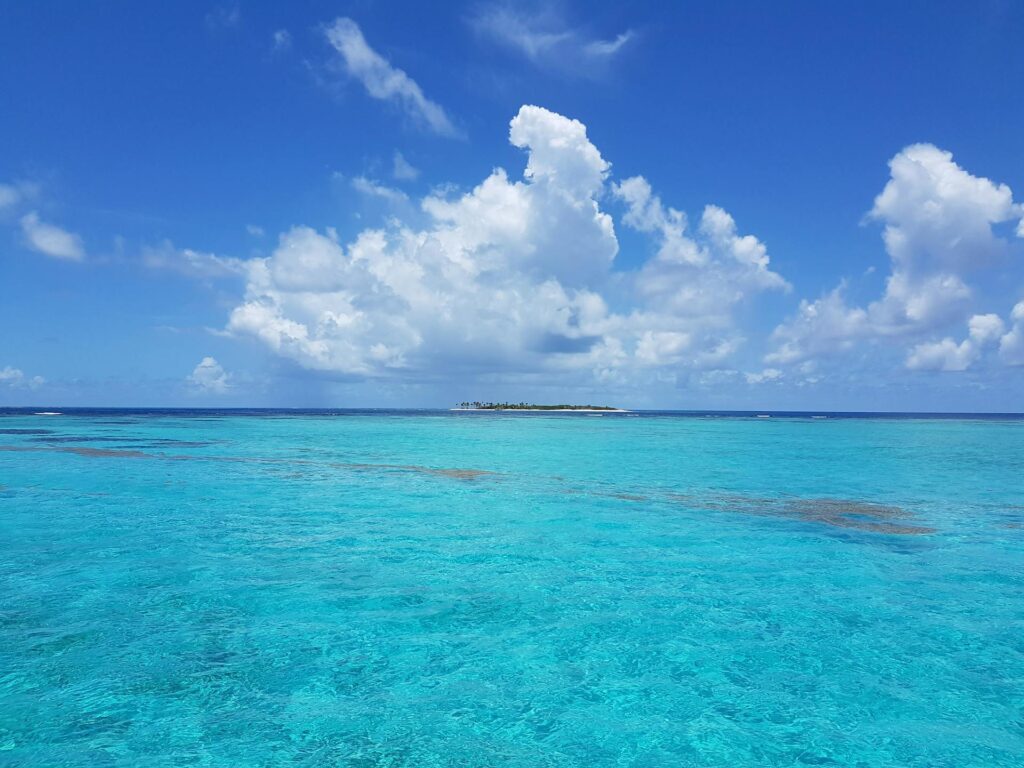Clean water is key to public health. It supports economic growth and environmental stewardship. Yet, across much of the US, critical systems are aging.
Water infrastructure, wastewater management, and supportive structures are no longer keeping up with demand, due in part to a lack of funding and focus on supporting increasing capacity demand. One study indicated that over the next decade, at least $744 billion in investment will be necessary across the country to ensure communities have fresh drinking water and properly working wastewater management systems.
As population growth increases and the need for improved-quality water increases, there’s certainly a need to upgrade and modernize structures. Yet water infrastructure is more than pipes and pumps—it’s also people.
Water infrastructure jobs are the cornerstone of shoring up aging water systems and improving public safety. Without the right capital investment, including in the wastewater treatment workforce, organizations, municipalities, and communities will struggle.
The Workforce Behind the Water
Talent management in utilities is more than just workers who deal with the ever-breaking water lines in communities. Clean water projects need highly talented and experienced teams to ensure the best possible outcome. This typically includes:
- Civil and environmental engineers: From development to problem solving, civil and environmental engineers are critical to developing innovative solutions to meet increasing demands and strengthen networks.
- Plant operators: Modern plant operators must mitigate risks and reduce energy while using data analysis to ensure the safety of every person in the community.
- Project managers: Project managers handle specific projects throughout the community and region to strengthen the wastewater and water quality infrastructure, often working with engineers to develop solutions to increasing demand.
- Utility techs: Technicians are the backbone of the industry, skilled to handle the intense physical work and onsite problem solving so critical to the
- Compliance officers: Increasing oversight ensures safety and enhances demand for higher-quality systems, but it also increases the burden on communities to meet rigorous needs through a skilled compliance officer.
Increased demand for an upskilled wastewater treatment workforce is growing as infrastructure continues to grow. Communities expect utility providers to be good stewards of the economy, and that means creating and ensuring climate resilience efforts are consistently in place. Federal investment, including the Infrastructure Investment and Jobs Act (IIJA), is also increasing demand for top talent.
At the same time, the labor market is tight, and much of the currently skilled workforce is on its way out as it ages. A Bloomberg study found that about 1.7 million people employed in the water sector across the country have hit or are near retirement age, with an estimated 30% to 50% of the workforce retiring in the next 10 years. A lack of qualified new talent to fill those gaps continues to strain the industry.
The Challenges of Water Infrastructure Projects
What makes filling water infrastructure jobs challenging? Why does a clean water project within a community lead to delays because of a talent shortage? Looking beyond the gaps stemming from a retiring workforce, other challenges plague the industry.
- Regulatory scrutiny: There is an increased level of regulatory scrutiny on wastewater management and clean water safety across many communities. That stems from evolving environmental standards and tighter requirements from state and federal agencies.
- Project complexity: Also important is the simple fact that projects that deliver enough water efficiency and offer long-term durability are complex. There’s an increasing need for cross-functional collaboration, including technical precision.
- Costs: Costs continue to be a concern, especially as communities have to navigate the complexities of ever-increasing material costs, potential loss of federal funding due to political tensions, and consumer pressure to reduce taxation. This directly impacts the availability of labor and leadership—hiring qualified talent without capital is not inexpensive.
Why the Right Talent Partner Matters
Having an effective hiring infrastructure talent strategy is essential to overcome these challenges in the most meaningful way possible. By hiring a specialist to help with talent management in utilities, it is possible to see several key benefits:
- Better hires: Specialized recruiters understand the nuances of water infrastructure hiring. They know the skills and experience talent must have to thrive in the modern workforce.
- Speed: Speed-to-hire, that balances quality-of-hire, is a critical combination in project-based environments.
- Planning: Hiring to fill gaps is not ideal. Strategic talent planning prevents workforce gaps that are likely to occur over time, helping support long-term success.
For organizations struggling to find talent for hard-to-fill positions, having the reliability of a team dedicated to strengthening their wastewater treatment workforce can make all the difference.
Build the Workforce That Builds the Future
Clean, reliable water depends on skilled professionals, not just physical systemms. While the water infrastructure across the US continues to age, companies like MRINetwork are filling the gaps by providing talent management for utilities. To deliver on your promise to provide critical infrastructure, focus first on investing in smart, strategic talent partnerships. Contact us to learn more.

Connect with MRINetwork